Question
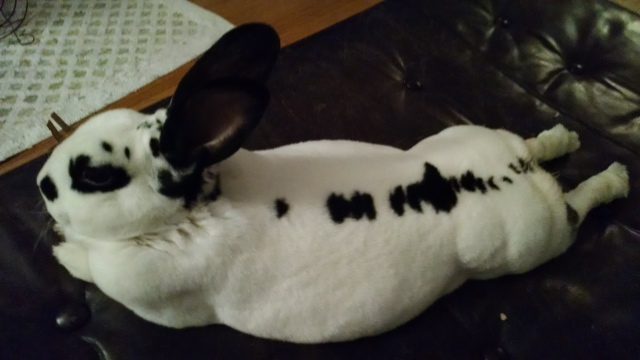 Rabbit's coloring
Rabbit's coloring
My rabbit is being treated for GI issues and is being considered megacolon syndrome/cecal disbiosis. I'm trying to understand if he meets the criteria of a "Charlie" to have genetic EnEn megacolon. He seems to have the right markings, but he doesn't have a "mustache". He's white around his mouth but has a black spot between his nose and his left eye. (see photo)
I'm also unclear as to whether it matters whether it's genetic megacolon or acquired megacolon which could have happened due to a parasite (trichomonads) or a very stressful period last fall.
He is about 3 years old most likely, and was only eating hay and pellets when I got him last spring. I think his poops were "normal" but honestly, I don't remember and they may have been oval/oblong and I didn't really notice since he was my first bunny...
He's been on antibiotics and motility drugs, critical care, sub-q fluids, benebac, and Pet-inic supplement for about 2 months. He is no longer distended and his cecum is not enlarged since having some "poop explosions" (tons of poop for several days last week) which seemed to clear things out. But he's still hardly moving, very wet poop/possibly leaky butt, hardly eating, and showing signs of pain (sitting hunched up with eyes barely open)...
Along with your thoughts on his coloring, any guidance or suggestions you might have would be welcomed.
****I have been seeing the highly regarded exotic vet in my city and communicate with them daily and will be back for a recheck in 3 weeks...***
AnswerDear Kara,
Yes, your bunny has the coloration pattern most often associated with "megacolon" in rabbits. The embryonic cells that migrate from the center of the dorsal area (where the spinal cord and vertebral column will eventually be) give rise to a number of "descendant" cells and tissues. Among these are the cells that provide pigmentation of the skin and others that provide innervation of the intestinal tract. An animal with your bunny's coloration (i.e., with pigmentation primarily only along the spine and more dorsal areas) already exhibits a lack of proper migration of at least the progenitor cells that give rise to body pigment (they stopped at the spine and dorsal areas), and it's a hint that there might have been other cells (e.g., the ones that eventually provide GI tract innervation) with migration problems.
Unfortunately, the condition is treatable, but not curable. Lots of fresh, wet greens will help. If things start to get stuck, we've found that a weekly dose of lactulose (an osmotic laxative) can help. But the real key is keeping the intestinal contents hydrated so they don't cause an obstruction in the poorly innervated gut. Also unfortunately, the problem seems to worsen as an afflicted bunny ages. Some bunnies can go for years with the big poops, and others just decline to the point that the GI tract simply doesn't work any more. I hope your little guy is in the former category. There is some evidence that the more pigmentation a bunny has, the less strongly this trait is expressed.
I'm glad you're working with a good vet who knows what to do. Sending lots of positive thoughts for your bunny.
Dana


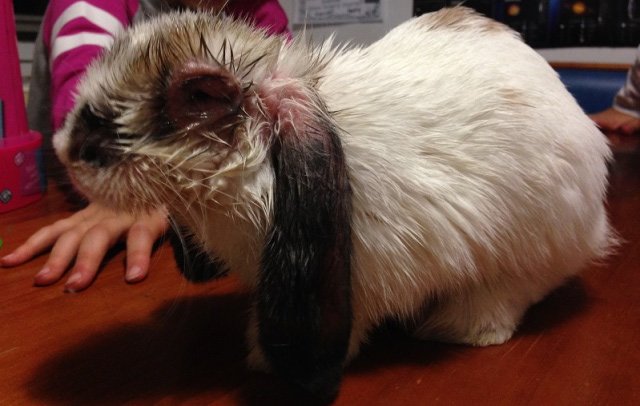 My rabbit has Myxomatosis - day 14
Question
Bunny
Hi there,
My 4 month old dwarf fl
My rabbit has Myxomatosis - day 14
Question
Bunny
Hi there,
My 4 month old dwarf fl
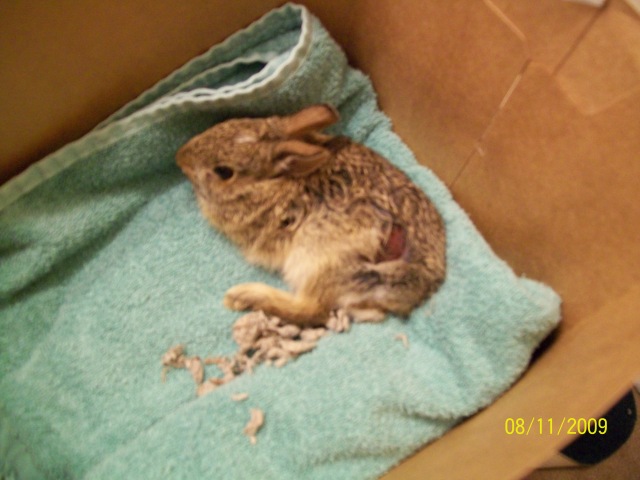 Orphaned and hurt
QuestionQUESTION: Hi i have 3 outside labs and by natur
Orphaned and hurt
QuestionQUESTION: Hi i have 3 outside labs and by natur
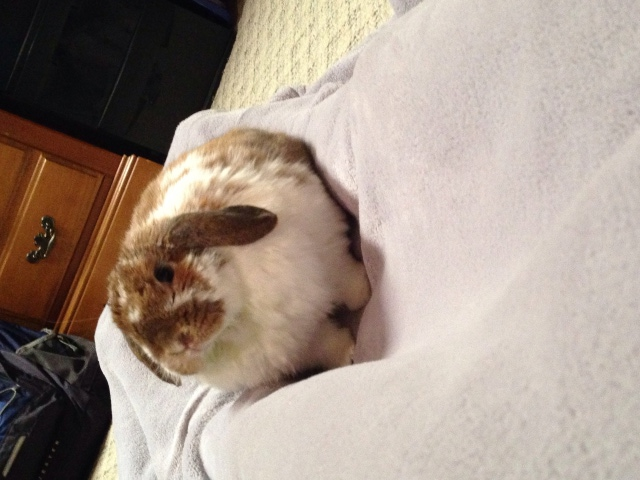 Overweight, picky holland lop doesnt eat hay/special diet
QuestionOlly
QUESTION: I have a male, neutered,
Overweight, picky holland lop doesnt eat hay/special diet
QuestionOlly
QUESTION: I have a male, neutered,
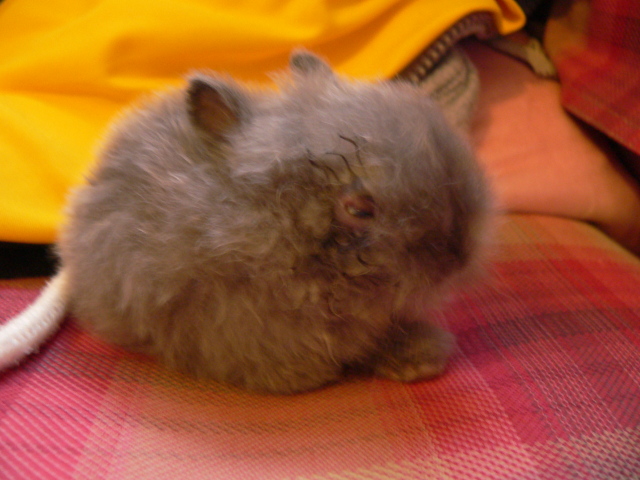 help please!
QuestionQUESTION: Your Question Edit Question
hi, my r
help please!
QuestionQUESTION: Your Question Edit Question
hi, my r
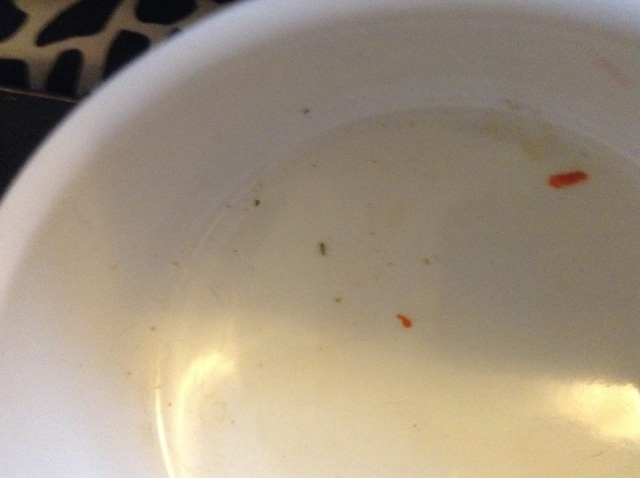 Vet couldnt find any mites or fleas, but Im being bit.
Question
little grey bug 2nd pic of bug
H
Vet couldnt find any mites or fleas, but Im being bit.
Question
little grey bug 2nd pic of bug
H